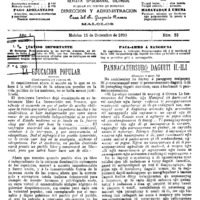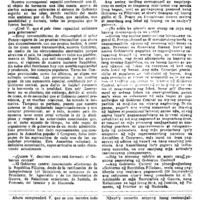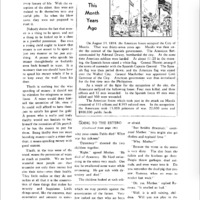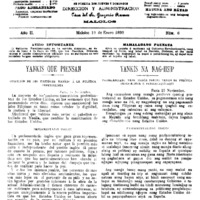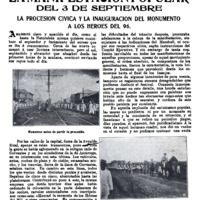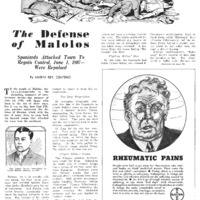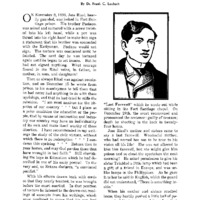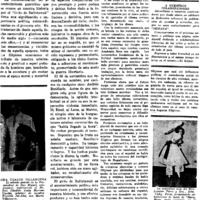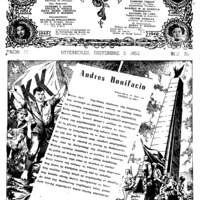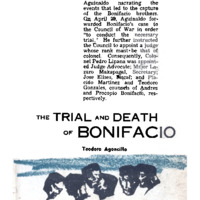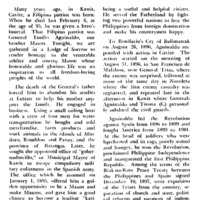The Revolution began on August 23–24, 1896, with the Cry of Balintawak. Shortly afterward, the Katipunan of Andrés Bonifacio managed to easily seize Cavite from the Spaniards, and the revolt extended to other provinces. Emilio Aguinaldo grew popular after his victories, overshadowing Bonifacio and being elected president of the Revolutionary Government—which was to replace the Katipunan—at the Tejeros Convention held on March 22, 1897. Aguinaldo executed Bonifacio on May 10 1897 for treason and lead the revolutionaries to victory over the Spanish empire, despite the brief truce signed by the Pact of Biak-na-Bato on December 14, 1897. The conflict overlapped with the Spanish-American war, which ended de facto with the Battle of Manila Bay on May 1, 1898, after which Spain sold the Philippines to the US. for $20 million through the Treaty of Paris. Aguinaldo declared Philippine independence on June 12, 1898, and then organized the First Philippine Republic (the Malolos Government).
One of the most interesting items in the UPD collection is probably the 12 numbers of the bi-weekly and bi-lingual publication El Heraldo de la Revolución (1898-1899), one of the official organs of the Revolutionary Government of Malolos, going from November 1898 to January 1899. Presidential decrees, edicts, provisions, regulations, official tariffs, bulletins, judicial and military sentences, and public calls were published in El Heraldo, which makes it an important resource to understand, not only how the Republic of Malolos looked, but also how the fully democratic revolutionary state model, then “free and independent of the ominous foreign dominion of the Spaniards”, was supposed to look like if it wasn't for American intervention.
During the whole month of January, El Heraldo would comment on the possibility of colonial occupation by the US, although it seems they were convinced that neither the Americans nor the American history favored an imperialistic expansion, which would be accepted neither by Aguinaldo nor by the revolutionary army.
Mariano Ponce insisted that the Republic was constituted in a “civilized manner” and still believed that the US had gone to war out of humanism and in order to protect Filipino independence.
The Malolos constitution published in El Heraldo de la Revolución
On the 22nd of January 1899, El Heraldo published the Malolo’s constitution in Castilian, and announced the proclamation of the republic on the 23rd of January. As the communications of the local authorities show, the revolutionary army made preparations to confront the US army in case they wanted to annexate the archipelago. It would, as is suggested by the fact that this is the last number of El Heraldo held at the UPD collection.
On the night of February 4, 1899, the Philippine-American War started. The conflict ignored Filipino sovereignty and the revolutionary control over the majority of the country before Spain even surrendered it to the Americans and was marked by extreme violence (Kramer 2006, 169). Although reluctantly, Aguinaldo retired into guerrilla tactics and was forced to scatter his forces (and the Republic) in order to face the US army, but couldn’t win a true war of attrition. On March 31 1899, the rebel capital of Malolos was captured by U.S. forces and Aguinaldo was captured on March 23, 1901. As a consequence, most of the numbers of El Heraldo held at UPD wear a stamp of the American Administration from 1900 that marks them as “Insurgent Records”. President Theodore Roosevelt declared the Philippine-American War officially over on July 4, 1902, but the US colonial administration would control the archipelago until 1905, shifting from military to civil control.
The Revolution would be one of the axes around which different national projects would orbit, a common point of reference for both the Filipino people and their political leaders whose meaning would range from a way to highlighting the virtues of American tutelage under Quezon and Quirino, to a historical debt to an unfinished revolution, an idea shared by Jose Laurel or even the Huk leader Luis Taruk (Hau 2005, 46-48). The Ilustrado’s and revolutionaries’ discourse were co-opted, same as the revolutionaries themselves, by the American administration, who banned the more militant manifestations of nationalist sentiments but encouraged its more conservative forms (Rafael 1999, 339). Some of the periodicals illustrate how figures such as José Rizal or even Andrés Bonifacio were soon integrated into the American discourse of “benevolent assimilation”.

